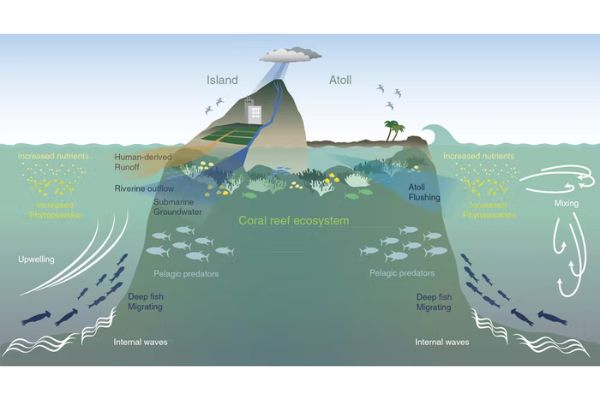He Solved The Mystery Of The Formation Of Coral Reefs And Atolls
In addition to gathering data for his subsequent theory of evolution by natural selection during his journey on the HMS Beagle between 1831 and 1836, Darwin also collected the specimens. Due to the prevalence of shipwrecks on unforeseen reefs during this time, corals were a hot issue. Along with charting the location of coral reefs, Darwin also figured out why particular reefs grew in specific locations, such as next to a body of land or separated from it by a body of ocean, like the Great Barrier Reef. Darwin may have been on a pioneering expedition, gathering samples from many settings, but he didn't want to get his hands dirty. He leaped along the coral reef's edge while holding a long pole.
Darwin also put up a theory explaining how atolls, or isolated rings of coral reefs, came to be. He proposed that they first developed around dormant volcanoes that submerged into the ocean, leaving the reef as a solitary circle.
Darwin had read Charles Lyell's Principles of Geology, which proposed that the earth's crust gradually rose and fell. Darwin was persuaded by Lyell's theory when he discovered marine shells forty feet above sea level on his H.M.S. Beagle voyage. At the time, scientists were baffled by how coral reefs and atolls formed. Darwin proposed that the uplift and subsidence of sizable portions of the Earth's crust beneath the oceans may account for the diverse kinds of coral reefs and atolls. Modern research has since validated his theory. In his 1842 monograph The Structure and Distribution of Coral Reefs, Darwin made his idea public. For this monograph and his eight years of research on barnacles, Darwin received the Royal Medal from the Royal Society in 1853.








